

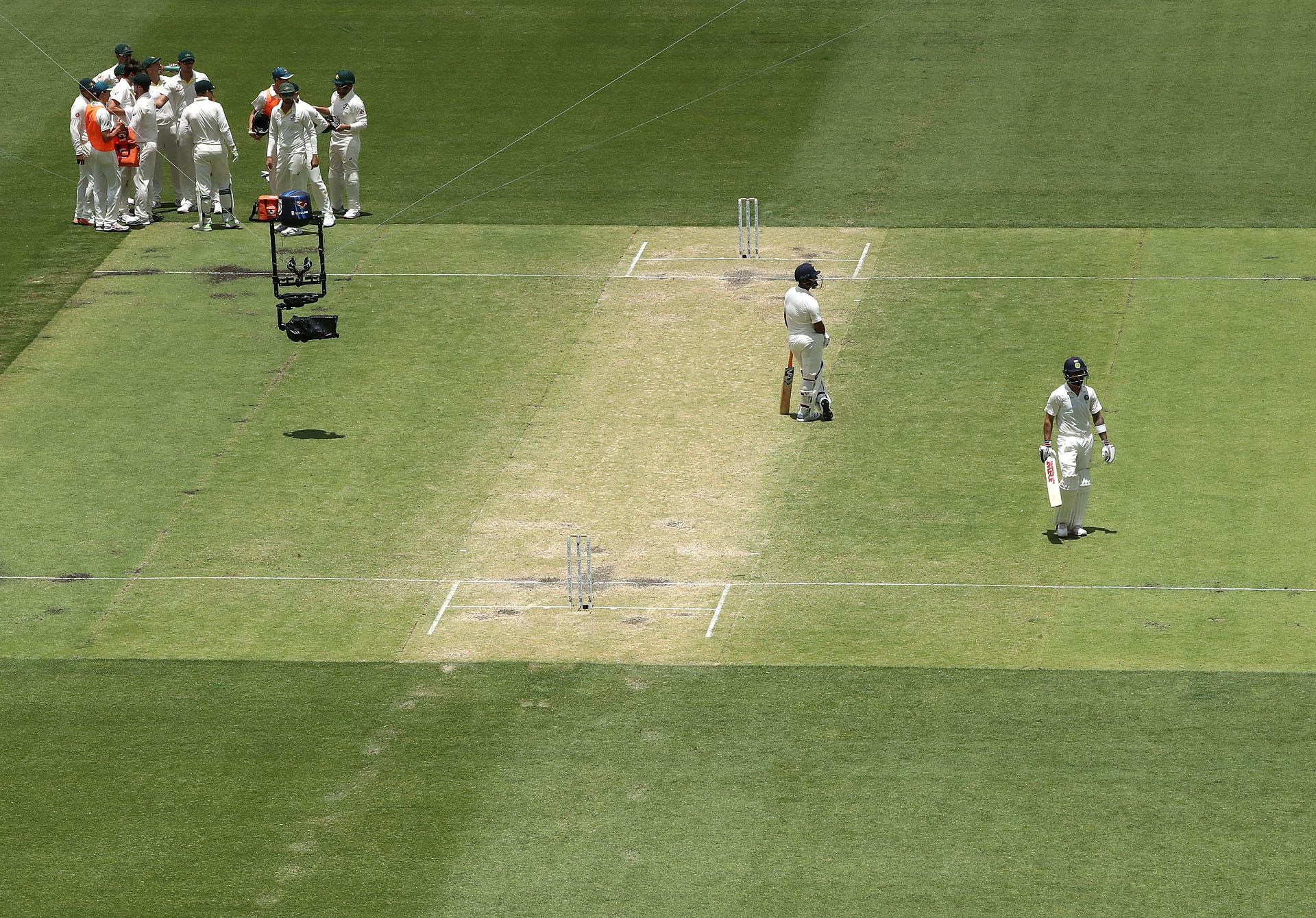
In a brief but thrilling show of skill, Indian cricket captain Virat Kohli took a unique approach against the Australian pace attack during a recent match. Kohli stood outside of the crease, forcing the bowlers to rethink their strategies and adapt to his movements. While it didn't quite go as planned, Kohli's experimental approach proved fascinating to watch and showcased his adaptability on the field.
Virat Kohli's Unorthodox Batting Stance: A Bold Experiment
During the recently concluded Test series against Australia, Indian cricket captain Virat Kohli stunned fans and commentators alike with an unorthodox batting stance. Standing significantly outside the crease, Kohli forced the Australian pacers to adjust their strategy and adapt to his unusual positioning.
Background:
Kohli's decision to adopt this stance can be attributed to several factors. Firstly, he was struggling against the Australian pace attack, particularly against the short-pitched deliveries. By standing outside the crease, he intended to create more time and space to play the ball, reducing the risk of being dismissed by the short stuff.
Secondly, Kohli has been experimenting with different batting techniques in recent years, seeking ways to improve his performance and longevity in the sport. This stance was his latest attempt to find a more effective and sustainable approach to batting.
Impact on the Match:
Kohli's unorthodox stance had a mixed impact on the match. While it initially forced the Australian bowlers to modify their plans, it also limited his own shot-making options. He was unable to find the rhythm and fluency that he typically exhibits, resulting in a modest innings.
Despite the overall outcome, Kohli's experiment showcased his adaptability and willingness to push boundaries. It sparked discussions among cricket experts and fans about the potential advantages and drawbacks of such an unconventional approach.
FAQs:
Why did Virat Kohli stand outside the crease?
Was the experiment successful?
Has any other batsman used a similar stance before?
What are the potential advantages of this stance?
What are the potential drawbacks of this stance?
Conclusion:
Virat Kohli's unorthodox batting stance was a bold experiment that showcased his willingness to innovate and adapt on the field. While the experiment may not have yielded immediate success, it sparked discussions about the potential evolution of batting techniques and the search for a sustainable and effective approach to the game.
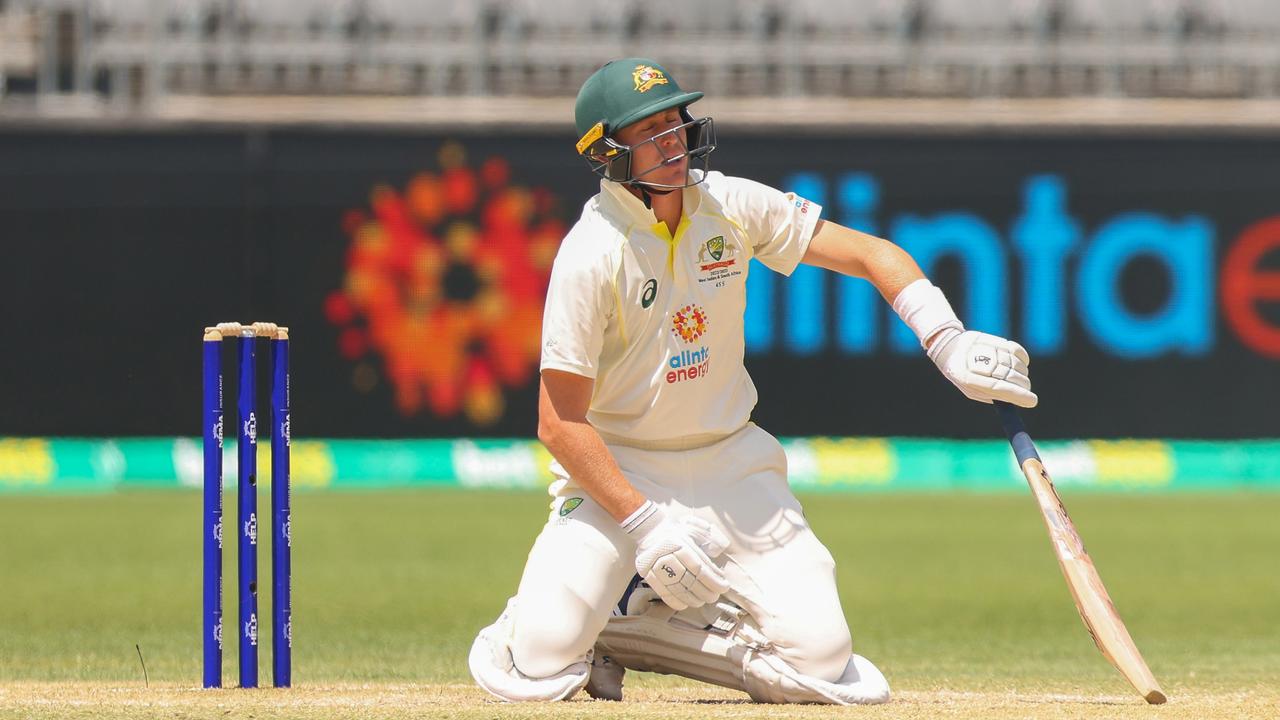
As Australia's Marnus Labuschagne attempted to mimic the resilient batting of Indian stalwart Cheteshwar Pujara in the Perth Test, he struggled on a bouncy pitch and was met with some on-field drama. Despite Labuschagne's attempts to imitate Pujara's marathon innings, his low strike rate and cheeky antics were not enough to ward off fiery confrontations with Indian bowlers Mohammed Siraj and Harshit Rana.
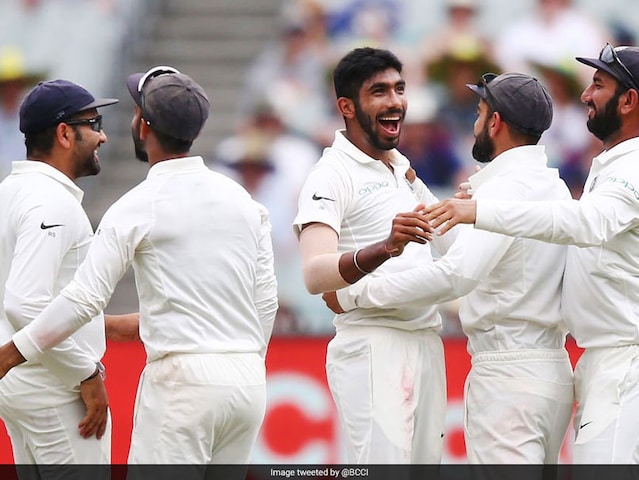
Jasprit Bumrah led the charge for India as they fought back against Australia on the first day of the Border-Gavaskar Trophy. Bumrah's wife, Sanjana Ganesan, lauded his performance in a unique way on social media. After being bowled out for 150, Bumrah's impressive spell of 4/17 helped India leave Australia rattled. The debutant Nitish Reddy and Rishabh Pant's contributions helped India reach 150, with Hazlewood, Starc, Cummins, and Marsh sharing the wickets. Bumrah's second spell proved crucial as he claimed the wickets of Cummins and Labuschagne, while Siraj also contributed by taking the wicket of Mitchell Marsh.

Cricket Australia has announced a series of tributes to commemorate the 10th anniversary of the tragic death of Phillip Hughes. The late cricketer will be honored during the upcoming India vs. Australia Test and three Sheffield Shield games, with players wearing black armbands and flags flying at half-mast. CA CEO Nick Hockley stated that they wanted to celebrate Hughes' life and achievements in an appropriate manner, and the home association will also broadcast a special documentary in his honor. Remembered as a promising player, Hughes' untimely death left a void in the Australian cricket community.
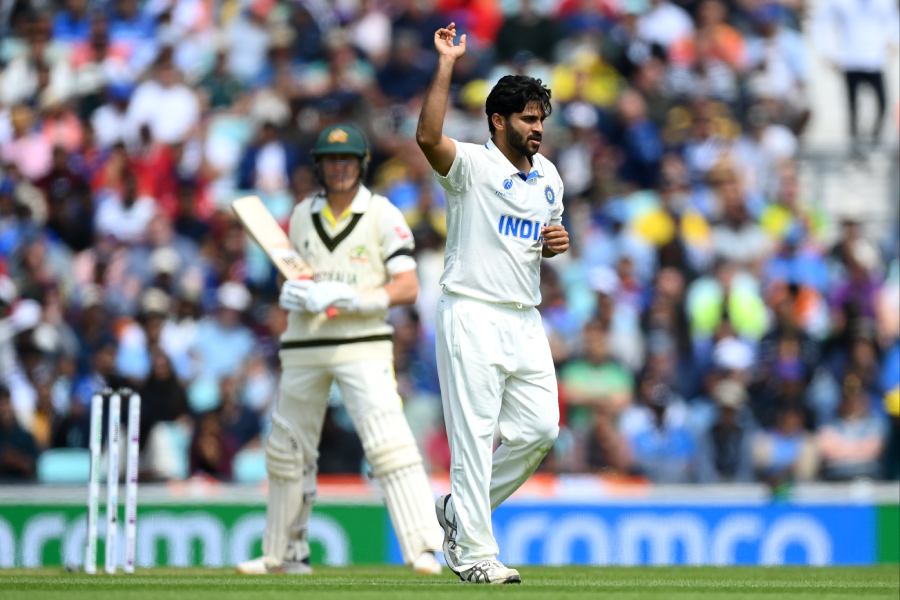
Mohammed Siraj's impressive performance in the Australia vs India Test match not only helped the team gain a lead of 83 runs, but also catapulted his career to new heights. The right-arm medium-fast bowler from Hyderabad has established himself in the international arena with his debut in 2018 and subsequent participation in the Indian Premier League. As per the recent BCCI annual retainership, Siraj is now a Grade A cricketer earning a salary of Rs. 5 crore, in addition to his IPL salary of Rs. 7 crore. With the recent T20 World Cup victory in 2024, Siraj and other team members are also set to receive a cash prize of INR 125 crore.

Ahead of the highly-anticipated I-League season, Gokulam Kerala FC has announced their foreign signings, including Uruguayan Martin Chaves and Spaniard Sergio Llamas. With the club putting all their faith in new manager Antonia Rueda, the Malabarians are determined to secure a strong start by claiming all three points in their opening match against Sreenidi Deccan. With numerous changes made to the squad, the club will rely on the experience and skills of these foreign players to guide them through a long and challenging season.
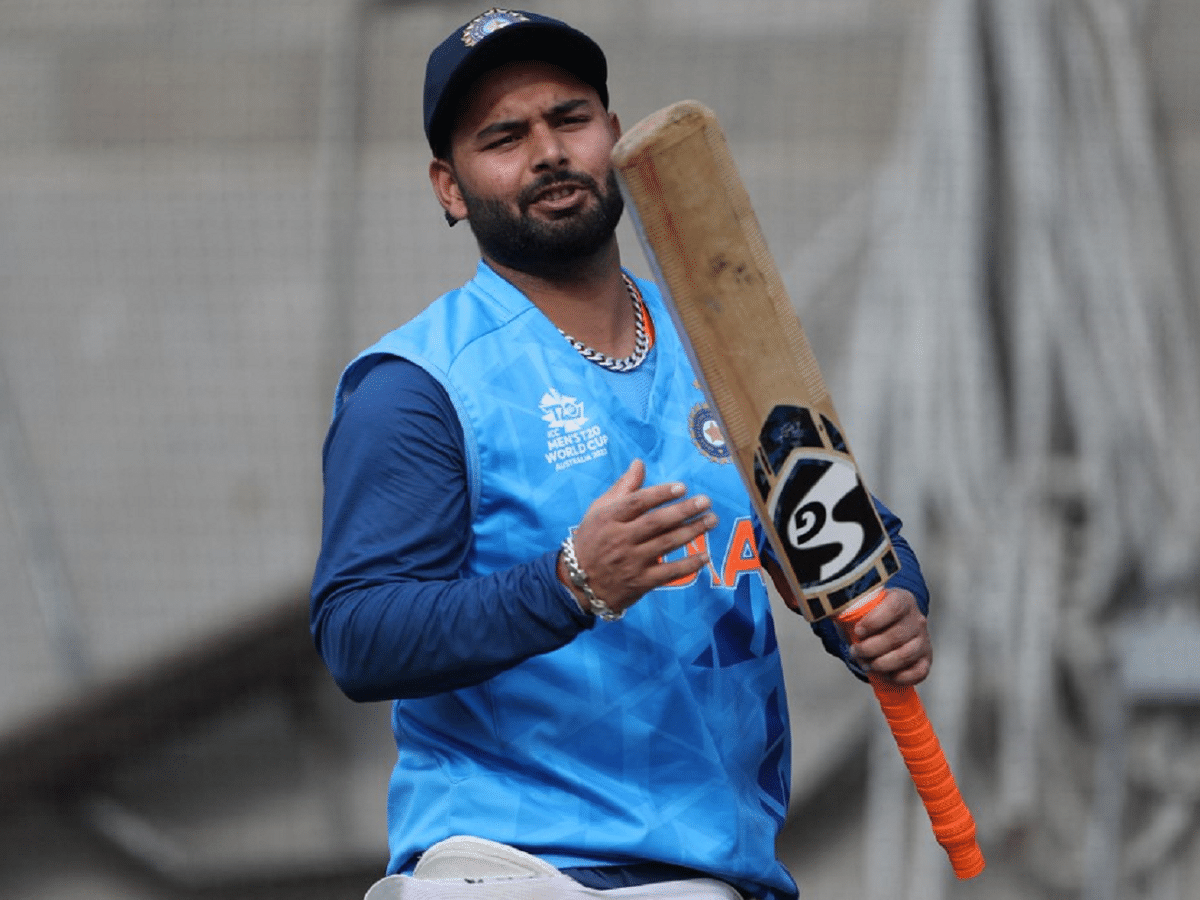
Rishabh Pant's charismatic sweep six amidst India's collapse in Perth caught the attention of cricket fans and commentators alike. Despite tumbling to the ground, Pant's daring shot turned the game around and became the highlight of the day. Gerard Whateley's animated description on Sen Cricket left listeners in awe and even the opposing team couldn't resist applauding Pant's brilliance. His unorthodox style of play even prompted Australian captain Pat Cummins to acknowledge his potential as a dangerous player.

During the first day of the first match of the Border-Gavaskar Trophy, tensions heated up between Indian pacer Harshit Rana and Australian batter Marnus Labuschagne. After being hit by Rana, Labuschagne reacted by blowing a flying kiss, stirring up memories of Rana's similar celebration in the 2024 IPL. However, Rana's performance proved to be a highlight of the day as he picked up his maiden Test wicket and contributed to dismissing Australia for 150 runs.
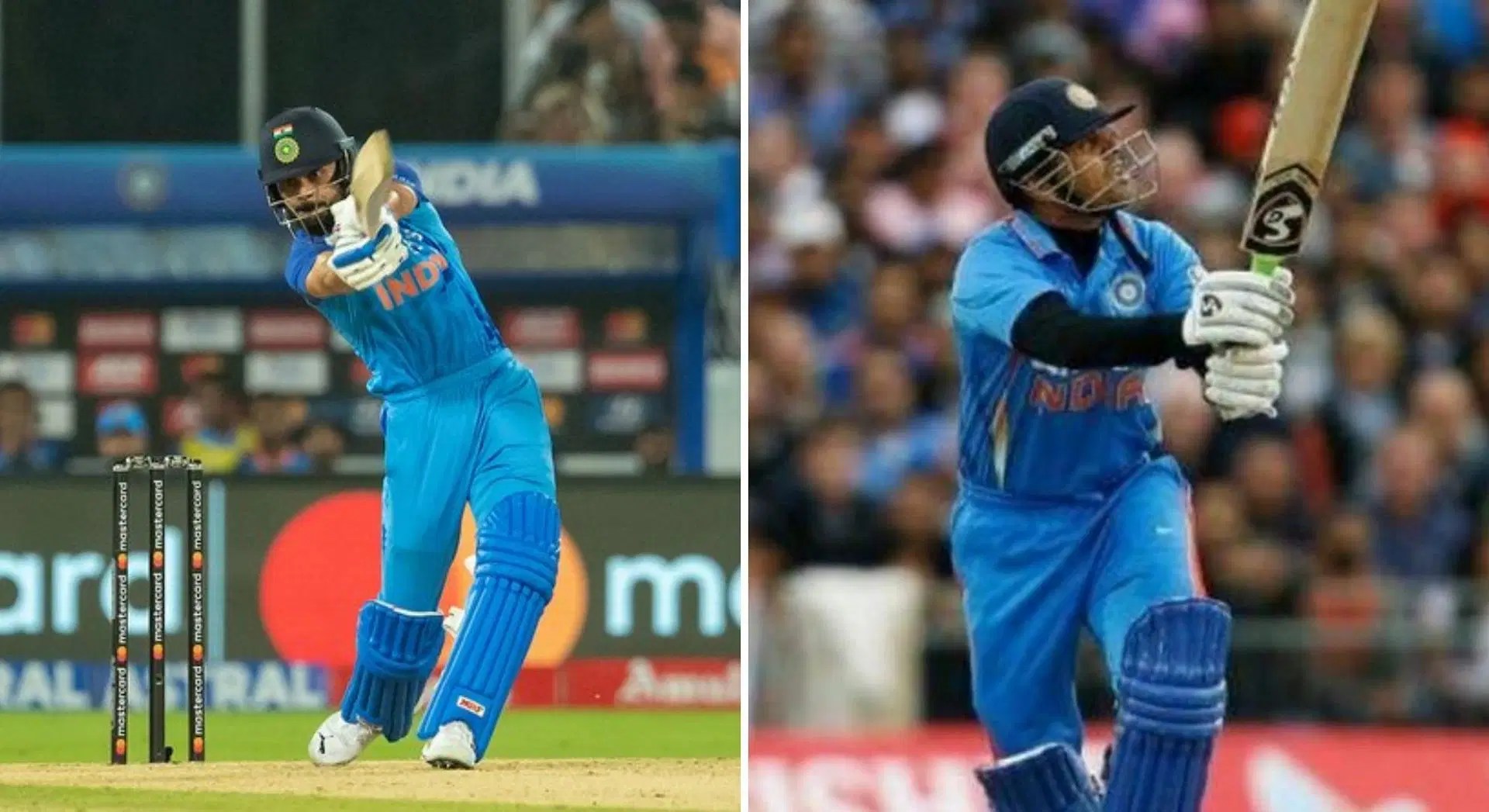
India's star batsman, Virat Kohli, is gearing up to take part in the upcoming Border-Gavaskar Trophy, where he has the chance to surpass former Indian cricketer, Rahul Dravid, for the most Test runs against Australia. With just 124 runs away, Kohli could break Dravid's record of 2166 runs in 33 matches and 66 innings. Currently, Sachin Tendulkar holds the record for the most runs against Australia in Tests, with VVS Laxman closely behind him at second place.

In a fiery display of fast bowling, the Indian seamers led by captain Jasprit Bumrah decimated the Australian batting line-up on the first day of the Border-Gavaskar Trophy in Perth. After being bowled out for just 150 runs in their first innings, India came back strong with a relentless bowling attack that saw Australia lose their top five wickets for a meager 38 runs. With an 83-run lead, India will look to continue their dominant performance on Day 2 against a struggling Australian side.
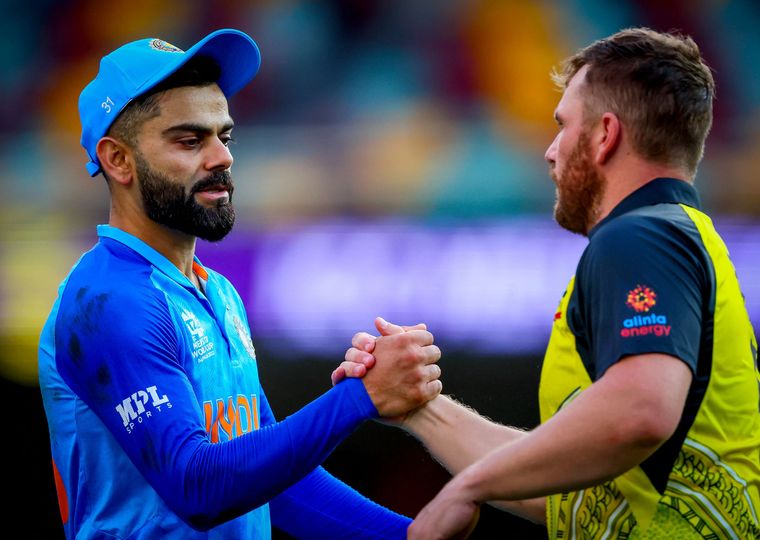
India shocked fans by taking seven wickets in the final session of the first day of the Test match against Australia held in Perth. After being skittled for a mere 150 runs, India's pace attack led by Jasprit Bumrah set the tone for a thrilling match. Although Australia now stands at 67-7, they still have hopes with Alex Carey and Mitchell Starc at the crease.